
The Indo-Pacific Bottlenose Dolphin (Tursiops aduncus) is a species of Bottlenose Dolphin. The Indo-Pacific Bottlenose Dolphin grows to 2.6 metres (8.5 ft) long, and weigh up to 230 kilograms (510 lb).[3] It lives in the waters around India, northern Australia, South China, the Red Sea, and the eastern coast of Africa.[3] Its back is dark-grey and belly is lighter grey or nearly white with grey spots. [3]
Until 1998, all Bottlenose Dolphins were considered members of the single species T. truncatus. In that year, the Indo-Pacific Bottlenose Dolphin was recognized as a separate species.[4][5] The Indo-Pacific Bottlenose Dolphin is generally smaller than the Common Bottlenose Dolphin, has a proportionately longer rostrum, and has spots on its belly and lower sides.[4][6] The Indo-Pacific Bottlenose Dolphin also has more teeth than the Common Bottlenose Dolphin — 23 to 29 teeth on each side of each jaw for the Indo-Pacific Bottlenose Dolphin, compared to 21 to 24 for the Common Bottlenose Dolphin.[6] There is evidence that the Indo-Pacific Bottlenose Dolphin may actually be more closely related to certain dolphin species in the genera Stenella and Delphinus, especially the Atlantic Spotted Dolphin (S. frontalis), than it is to the Common Bottlenose Dolphin.[4][7]
Much of the old scientific data in the field combine data about the Indo-Pacific Bottlenose Dolphin and the Common Bottlenose Dolphin into a single group, making it effectively useless in determining the structural differences between the two species. The IUCN lists both species as data deficient in their Red List of endangered species because of this issue.[8]
Contents [hide]
1 Description
2 Diet
3 Behavior
4 Status and threats
5 Captivity
6 Effects of whale watching
6.1 Japan
6.2 Jervis Bay, Australia
6.3 Shark Bay, Australia
7 References
8 Further reading
[edit] Description
Indo-Pacific bottlenose dolphins are very similar to common bottlenose dolphins in appearance. Common bottlenose dolphins have a reasonably strong body, moderate-length beak, and tall curved dorsal fins whereas Indo-Pacific bottlenose dolphins are have a more slender body build and their beak is longer and more slender.[9] The Indo-Pacific population also tends to be somewhat lighter in colour and the cape is generally more distinct with a light spinal blaze extending to below the dorsal fin.2 However, although not always present, the most obvious distinction came be made with the presence of black spots or flecks on the bellies of adults of Indo-Pacific bottlenose dolphins which are very rare in common bottlenose dolphins.[9] Their teeth can number between 23 and 29 in each upper and lower jaw and are more slender than those of common bottlenose dolphins.[9] Size of Indo-Pacific bottlenose dolphins can vary based on geographic location howeverits average length is 2.6 metres (8.5 ft) long, and it weigh up to 230 kilograms (510 lb).[3] Their length at birth is between 0.84 and 1.5 metres (2.8 and 4.9 ft).[3]
[edit] Diet
Indo-Pacific bottlenose dolphins feed on a wide variety of fish and cephalopods (particularly squid).[10]
In a recent study conducted by Amir et al. (2005)[10] researchers looked at the feeding ecology of Indo-Pacific bottlenose dolphins by analyzing the stomach contents of ones that got caught in the gillnet fisheries off Zanibar, Tanzania. The prey items found in the stomach contents included 50 species of bony fish and 3 species of squid. From their results the researchers concluded that the most important prey group was fish which accounted for 87% of the total number of prey items consumed and occurred in 24 of 26 stomachs examined. Cephalopods comprised the other 13% of prey items and were found in 13 of the 26 stomachs.[10] The remains of some crustaceans were also found however they hypothesize that they were consumed secondarily since a number were found intact in the fish prey stomachs and therefore were not included in the diet analysis.[10]
[edit] Behavior
Indo-Pacific Bottlenose Dolphins live in groups that can number in the hundreds, but groups of 5 to 15 dolphins are most common.[6] In some parts of their range they associate with the Common Bottlenose Dolphin.[6] It also associates with other dolphin species, such as the humpback dolphin.[6]
The Indo-Pacific Bottlenose Dolphin has a peak mating and calving season in spring and summer, although mating and calving occur throughout the year in some regions. Gestation period is about 12 months. Calves are between 0.84 and 1.5 metres (2.8 and 4.9 ft) long, and weigh between 9 and 21 kilograms (20 and 46 lb). The calves are weaned between 1.5 and 2 years, but can remain with their mother for up to 5 years. The interbirth interval for females is typically 4 to 6 years.[3]
In some parts of its range, the Indo-Pacific Bottlenose Dolphin is subject to predation by sharks.[6] The Indo-Pacific Bottlenose Dolphin can live more than 40 years.[3]
Indo-Pacific bottlenose dolphins located in Shark Bay, Australia are thought to have a symbiotic relationship with sponges by doing what is called “sponging”. What happens is a dolphin breaks a marine sponge off the sea floor and wears it over its rostrum. It is thought that the reason they do this is to probe substrates for fish however it is still not completely understood if it is used for a tool or simply for play.
[edit] Status and threats
Indo-Pacific bottlenose dolphins are not considered to be endangered as a species however, it has a near-shore distribution which makes it vulnerable to environmental degradation, direct exploitation, and problems associated with local fisheries.[11]
The major predators of this species are typically sharks however some others may include humans, killer whales (Orcinus orca) and sting rays. Just recently large numbers of these dolphins were deliberately killed in a Taiwanese drive fishery which greatly impacted the species.[citation needed] It is now prohibited however, gillnets are still having an impact and are a problem not only here but throughout most of the species’ range. In the early 1980s many were killed in a Taiwanese driftnet fishery in the Arafura Sea, off northwestern Australia.[12] Large-mesh nets set to protect bathers from sharks in South Africa and Australia has also resulted in a substantial number of deaths in the Indo-Pacific bottlenose dolphins.[13]
[edit] Captivity
Indo-Pacific dolphins are one of many small cetaceans commonly found in captivity.[10] Some of the conservation concerns for animals in captivity include: the effects of removing the animals from their wild populations, survivorship of cetaceans during capture and transport and while in captivity and the risks to wild populations and ecosystems of accidentally introducing alien species and spreading epizootic diseases, especially when animals have been transported over long distances and are held in sea pens.[14]
Bottlenose dolphins are the most common captive cetaceans on a global scale.[14] Prior to 1980 more than 1,500 bottlenose dolphins were collected from the United States, Mexico, and the Bahamas and more than 550 common and 60 Indo-Pacific bottlenose dolphins were brought into captivity in Japan.[14] By the late 1980s, the United States stopped collecting bottlenose dolphins and the number of captive-born animals in North American aquariums has increased from only 6 percent in 1976 to about 44 percent in 1996.
[edit] Effects of whale watching
Not much is known about the impact of whale watching on cetaceans but research is being conducted at several locations.
[edit] Japan
Morisaka et al. (2005)[15] conducted a study on three populations of Indo-Pacific bottlenose dolphins in Japan. It is believed that characteristics of acoustic signals are affected by the acoustic environments among habitats and geographical variation in animal acoustic signals can result from differences in acoustic environments therefore the characteristics of the ambient noise in the dolphin's habitats and the whistles produced were compared. Ambient noise was recorded using a hydrophone located 10m below the surface and whistles were recorded by using an underwater video system.
Results showed that dolphins produced whistles at varying frequencies with greater modulations when in habitats with less ambient noise whereas habitats with greater ambient noise seem to cause dolphins to produce whistles of lower frequencies and fewer frequency modulations. Examination of the results suggest that communication signals are adaptive and are selected to avoid the masking of signals and the decrease of higher-frequency signals as Tadamichi et al. states in the paper. They concluded that ambient noise has the potential to drive the variation in whistles of Indo-Pacific bottlenose dolphin populations.
[edit] Jervis Bay, Australia
Small motorized vessels have increased as a source of anthropogenic noise due to the rise in popularity of wildlife viewing such as whale-watching. Lemon et al. (2006)[16] carried out a study in Australia on bottlenose dolphins to look at whether powerboats are in fact a significant source of disturbance for these animals. The surface behaviour and acoustic response of traveling dolphins to approaches by a powerboat were assessed by a series of experimental trials. Dolphin behaviour was monitored continuously from an independent research boat before, during, and after a powerboat approached. Once a group of traveling dolphins was located, the group was randomly assigned to either a control or treatment condition. During each experimental trial the dolphin's acoustic and surface behaviour were recorded "pre-exposure" with the powerboat stationary and engine off, "on-approach" with the powerboat approaching the focal group, "exposure" with the power boat moving slowly alongside the group, and "post-exposure" when the powerboat had departed from the area. For the control trials the surface and acoustic behaviours were recorded from the research vessel where only the electric motor was used.
Results of the study showed that powerboat approaches altered the surface behaviour and direction of traveling dolphins when exposed to vessels within 100m. Their whistles and echolocation click bouts however, were not affected when approached. When powerboats approached the dolphins they changed their surface behaviour from traveling to milling and changed their direction to travel away from the powerboat. It was not until the powerboat left the area and its noise ceased that the dolphins returned to their preceding behaviour in the original direction.
[edit] Shark Bay, Australia
Another study was carried out by Bejder et al. (2006)[17] in Shark Bay, Western Australia on the behavioural responses of Indo-Pacific bottlenose dolphins to experimental vessel approaches in regions of both high and low vessel traffic. Data was collected from two different sites that had different histories of vessel activity: high vessel activity classified as the impact site and low vessel activity classified as the control site. A team of researchers evaluated group-level, non-vocal, behavioural responses of dolphins 15 minutes before, during and after approaches by an experimental vessel. For each experiment observers selected a focal dolphin group based on the group's proximity to the shore station and the absence of any vessels within 300m. After the focal group was selected, observers on the shore recorded behavioural data for 15 minutes. Then vessel-based observers were directed towards the focal group and collected data once within 50m of the group. Throughout the 15 minute period, shore observers continued to record behavioural data while the vessel maintained a distance of 10-50m from the focal group. Observers aboard the experimental vessel identified individual dolphins in the focal group taking dorsal fin photographs. When the experimental vessel was beyond 300m of the focal group, the shore team continued to monitor the behaviour and movements of the focal group for another 15min. Tour vessel movements were also tracked using GPS to show focal group movements during the experiment.
Results show that there were significant changes in the behaviour of targeted dolphins when compared with their behaviour before and after approaches. Dolphins in the control site showed a stronger and longer-lasting response than dolphins in the impact site. It is believed that these results show habituation of the dolphins to the vessels in a region of long-term vessel traffic. However, when compared to other studies in the same area, it is suggested that this study documented moderated responses not because of habituation occurring but because those individuals sensitive to vessel disturbance left the region before their study began.
Although these studies do show statistical significance for the effects of whale-watching boats,these results do not have biological significance and need to be researched further.
[edit] References
^ Mead, James G. and Robert L. Brownell, Jr (November 16, 2005). Wilson, D. E., and Reeder, D. M. (eds). ed. Mammal Species of the World (3rd edition ed.). Johns Hopkins University Press. pp. 723–743. ISBN 0-801-88221-4. http://www.bucknell.edu/msw3/browse.asp?id=14300098.
^ Hammond, P.S., Bearzi, G., Bjørge, A., Forney, K., Karczmarski, L., Kasuya, T., Perrin, W.F., Scott, M.D., Wang, J.Y., Wells, R.S. & Wilson, B. (2008). Tursiops aduncus. 2008 IUCN Red List of Threatened Species. IUCN 2008. Retrieved on 7 October 2008.
^ a b c d e f g Shirihai, H. and Jarrett, B. (2006). Whales Dolphins and Other Marine Mammals of the World. p. 159–161. ISBN 0-691-12757-3.
^ a b c Wells, R. and Scott, M. (2002). "Bottlenose Dolphins". in Perrin, W.; Wursig, B. and Thewissen, J.. Encyclopedia of Marine Mammals. Academic Press. p. 122–127. ISBN 0-12-551340-2.
^ Möller Luciana M., Beheregaray Luciano B. 2001. Coastal bottlenose dolphins from southeastern Australia are Tursiops aduncus according to sequences of the mitochondrial DNA control region. Marine Mammal Science 17(2): 249-263.
^ a b c d e f Reeves, R.; Stewart, B.; Clapham, P.; Powell, J. (2002). Guide to Marine Mammals of the World. p. 362–365. ISBN 0-375-41141-0.
^ Leduc, R., Perrin, W. & Dizon, E. (August 18, 1998). "Phylogenetic Relationships among the Delphinid Cetaceans Based on Full Cytochrome B Sequences". Marine Mammal Science 15 (3): 619–648. doi:10.1111/j.1748-7692.1999.tb00833.x. http://www3.interscience.wiley.com/journal/119937779/abstract. Retrieved 2008-10-05.
^ "Tursiops truncatus: Species Information". IUCN. http://www.iucnredlist.org/search/details.php?species=22563. Retrieved 2006-11-03.
^ a b c Worlds Creatures. 2004. Indo-Pacific Bottlenose Dolphin. Retrieved March 28, 2008 from the website: http://www.worldscreatures.com/water-species/dolphins/indo-pacific-bottlenose-dolphin.htm.
^ a b c d e Amir Omar A., Per Berggren, Simon Ndaro G.M., Narriman Jiddawi S. 2005. Feeding ecology of the Indo-Pacific bottlenose dolphin (Tursiops aduncus) incidentally caught in the gillnets fisheries off Zanzibar, Tanzania. Estuarine, Coastal and Shelf Science 63(3): 429-437.
^ Curry, B.E. and Smith, J. 1997. Phylogeographic structure of the bottlenose dolphin (Tursiops truncatus): stock identification and implications for management. In: A.E. Dizon, S.J. Chivers, and W.F. Perrin (eds) Molecular Genetics of Marine Mammals, pp. 227-247. Society for Marine Mammalogy, Special Publication No. 3, Allen Press, Lawrence, Kansas.
^ Harwood, M.B. and Hembree, D. 1987. Incidental catch of small cetaceans in the offshore gillnet fishery in northern Australian waters: 1981-1985. Report of the International Whaling Commission 37: 363-367.
^ Peddemors, V.M. 1999. Delphinids of southern Africa: a review of their distribution, status and life history. Journal of Cetacean Research and Management 1: 157-165.
^ a b c Fisher Sue J., Reeves Randall R. 2005. The Global Trade in Live Cetaceans: Implications for Conservation. Journal of International Wildlife Law and Policy 8: 315-340
^ Morisaka Tadamichi, Shinohara Masanori, Nakahara Fumio, Akamatsu Tomonari. 2005. Effects of Ambient Noise on the Whistles of Indo-Pacific Bottlenose Dolphin Populations. Journal of Mammalogy 84(3): 541-546.
^ Lemon Michelle, Lynch Tim P., Cato Douglas H., Harcourt Robert G. 2006. Response of traveling bottlenose dolphins (Tursiops aduncus) to experimental approaches by a powerboat in Jervis Bay, New South Wales, Australia. Biological Conservation 127:363-372
^ Bejder Lars, Samuels Amy, Whitehead Hal, Gales Nick. 2006. Interpreting short-term behavioural responses to disturbance within a longitudinal perspective. Animal Behaviour 72: 1149-1158
[edit] Further reading
Cockcroft VG, Ross GJB. 1990. Age, growth, and reproduction of bottlenose dolphins Tursiops truncatus from the east coast of southern Africa. Fishery Bulletin 88(2): 289-302.
Moller Luciana M., Beheregaray Luciano B., Allen Simon J., Harcourt Robert G. 2006. Association patterns and kinship in female Indo-Pacific bottlenose dolphins (Tursiops aduncus) of southeastern Australia. Behavioural Ecology Sociobiology 61: 109-117.
Nowacek Stephanie M., Wells Randall S., Solow Andrew R. 2001. Short-term effects of boat traffic on bottlenose dolphins, Tursiops truncatus, in Sarasota Bay, Florida. Marine Mammal Science 17(4): 673-688.
Schroeder, J. Pete. Breeding Bottlenose Dolphins in Captivity. In The Bottlenose Dolphin, edited by Stephen Leatherwood and Randall R. Reeves, pp. 435-446. San Diego: Academic Press, Inc., 1990.
Shane Susan H., Wells Randall S., Wursig Bernd. 1986. Ecology, behaviour and social organization of the bottlenose dolphin: a review. Marine Mammal Science 2(1): 34-63.
Urian, K.W., Duffield D.A., Read A.J., Wells R.S., Shell E.D. 1996. Seasonality of Reproduction in Bottlenose Dolphins, Tursiops truncatus. Journal of Mammalogy, 77(2): 394-403.
Wells, Randall S., Scott Michael D., Irvine Blair A. The Social Structure of Free-ranging Bottlenose Dolphins. In Current Mammalogy, Volume 1, edited by H.H. Genoways, pp. 247- 305. New York: Plenum Press, 1987.
[show]v • d • eExtant Cetacea species
Kingdom Animalia · Phylum Chordata · Class Mammalia · Infraclass Eutheria · Superorder Laurasiatheria · (unranked) Cetartiodactyla · (unranked) Whippomorpha
[show] Suborder Mysticeti (Baleen whales)
Balaenidae Balaena Bowhead Whale (B. mysticetus)
Eubalaena
(Right whales) Southern Right Whale (E. australis) · North Atlantic Right Whale (E. glacialis) · North Pacific Right Whale (E. japonica)
Balaenopteridae
(Rorquals) Balaenoptera Common Minke Whale (B. acutorostrata) · Antarctic Minke Whale (B. bonaerensis) · Sei Whale (B. borealis) · Bryde's Whale (B. brydei) · Pygmy Bryde's Whale (B. edeni) · Blue Whale (B. musculus) · B. omurai · Fin Whale (B. physalus)
Megaptera Humpback Whale (M. novaeangliae)
Eschrichtiidae Eschrichtius Gray Whale (E. robustus)
Neobalaenidae Caperea Pygmy Right Whale (C. marginata)
[hide] Suborder Odontoceti (Toothed whales) (cont. below)
Delphinidae
(Oceanic dolphins) Cephalorhynchus Commerson's Dolphin (C. commersonii) · Chilean Dolphin (C. eutropia) · Haviside's Dolphin (C. heavisidii) · Hector's Dolphin (C. hectori)
Delphinus Long-beaked Common Dolphin (D. capensis) · Short-beaked Common Dolphin (D. delphis)
Feresa Pygmy Killer Whale (F. attenuata)
Globicephala
(Pilot whales) Short-finned Pilot Whale (G. macrorhynchus) · Long-finned Pilot Whale (G. melas)
Grampus Risso's Dolphin (G. griseus)
Lagenodelphis Fraser's Dolphin (L. hosei)
Lagenorhynchus Atlantic White-sided Dolphin (L. acutus) · White-beaked Dolphin (L. albirostris) · Peale's Dolphin (L. australis) · Hourglass Dolphin (L. cruciger) · Pacific White-sided Dolphin (L. obliquidens) · Dusky Dolphin (L. obscurus)
Lissodelphis
(Right whale dolphins) Northern Right Whale Dolphin (L. borealis) · Southern Right Whale Dolphin (L. peronii)
Orcaella Irrawaddy Dolphin (O. brevirostris) · Australian Snubfin Dolphin (O. heinsohni)
Orcinus Killer Whale (O. orca)
Peponocephala Melon-headed Whale (P. electra)
Pseudorca False Killer Whale (P. crassidens)
Sotalia Tucuxi (S. fluviatilis) · Costero (S. guianensis)
Sousa Pacific Humpback Dolphin (S. chinensis) · Indian Humpback Dolphin (S. plumbea) · Atlantic Humpback Dolphin (S. teuszii)
Stenella Pantropical Spotted Dolphin (S. attenuata) · Clymene Dolphin (S. clymene) · Striped Dolphin (S. coeruleoalba) · Atlantic Spotted Dolphin (S. frontalis) · Spinner Dolphin (S. longirostris)
Steno Rough-toothed Dolphin (S. bredanensis)
Tursiops Indo-Pacific Bottlenose Dolphin (T. aduncus) · Common Bottlenose Dolphin (T. truncatus)
[show] Suborder Odontoceti (Toothed whales) (cont. above)
Monodontidae Delphinapterus Beluga (D. leucas)
Monodon Narwhal (M. monoceros)
Phocoenidae
(Porpoises) Neophocaena Finless Porpoise (N. phocaeniodes)
Phocoena Spectacled Porpoise (P. dioptrica) · Harbor Porpoise (P. phocoena) · Vaquita (P. sinus) · Burmeister's Porpoise (P. spinipinnis)
Phocoenoides Dall's Porpoise (P. dalli)
Physeteridae Physeter Sperm Whale (P. macrocephalus)
Kogiidae Kogia Pygmy sperm whale (K. breviceps) · Dwarf sperm whale (K. simus)
Iniidae Inia Amazon River Dolphin (I. geoffrensis)
Lipotidae Lipotes Baiji (L. vexillifer)
Platanistidae Platanista Ganges and Indus River Dolphin (P. gangetica)
Pontoporiidae Pontoporia La Plata Dolphin (P. blainvillei)
Ziphidae
(Beaked whales) Berardius Arnoux's Beaked Whale (B. arnuxii) · Baird's Beaked Whale (B. bairdii)
Hyperoodon Northern Bottlenose Whale (H. ampullatus) · Southern Bottlenose Whale (H. planifrons)
Indopacetus Tropical Bottlenose Whale (I. pacificus)
Mesoplodon
(Mesoplodont
whales) Sowerby's Beaked Whale (M. bidens) · Andrew's Beaked Whale (M. bowdoini) · Hubbs' Beaked Whale (M. carlhubbsi) · Blainville's Beaked Whale (M. densirostris) · Gervais' Beaked Whale (M. europaeus) · Ginkgo-toothed Beaked Whale (M. ginkgodens) · Gray's Beaked Whale (M. grayi) · Hector's Beaked Whale (M. hectori) · Strap-toothed Whale (M. layardii) · True's Beaked Whale (M. mirus) · Pygmy Beaked Whale (M. peruvianus) · Perrin's Beaked Whale (M. perrini) · Stejneger's Beaked Whale (M. stejnegeri) · Spade-toothed Whale (M. traversii)
Tasmacetus Shepherd's Beaked Whale (T. sheperdi)
Ziphius Cuvier's Beaked Whale (Z. cavirostris)
Retrieved from "http://en.wikipedia.org/wiki/Indo-Pacific_Bottlenose_Dolphin"
Categories: IUCN Red List data deficient species | Oceanic dolphins
Hidden categories: All articles with unsourced statements | Articles with unsourced statements from May 2008ViewsArticle Discussion Edit this page History Personal toolsTry Beta Log in / create account Navigation
Main page
Contents
Featured content
Current events
Random article
Search
Interaction
About Wikipedia
Community portal
Recent changes
Contact Wikipedia
Donate to Wikipedia
Help
Toolbox
What links here
Related changes
Upload file
Special pages
Printable version
Permanent link
Cite this page
Languages
Català
Español
Français
Nederlands
日本語
Polski
Português






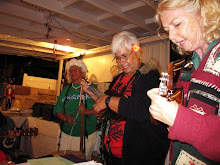



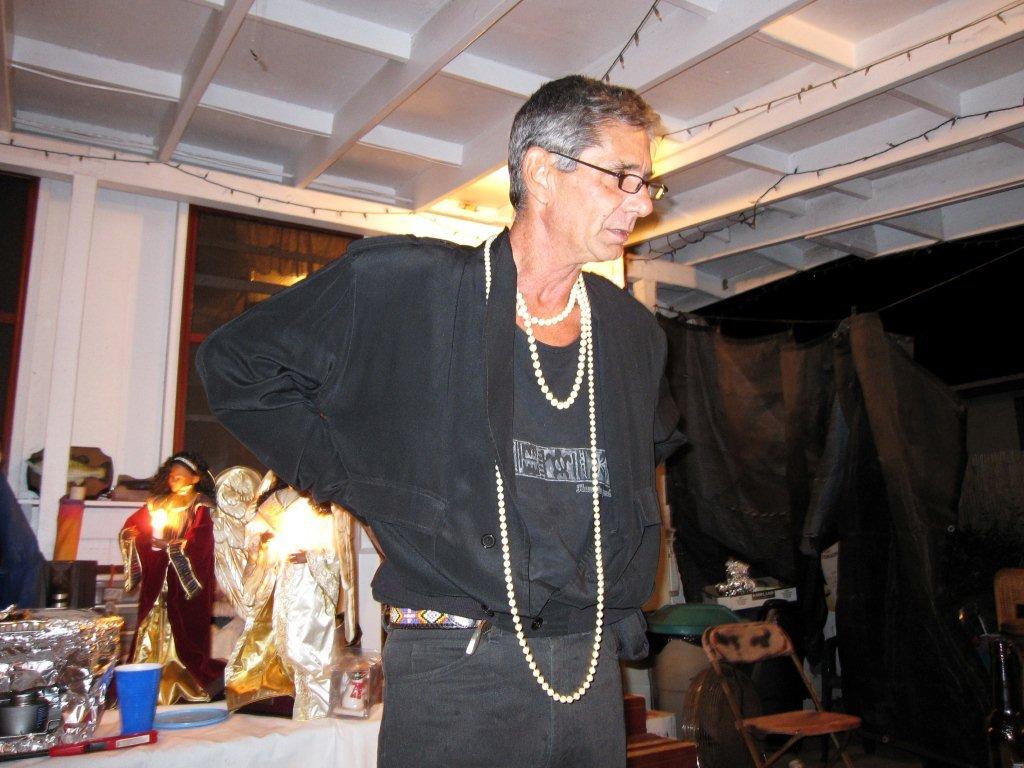
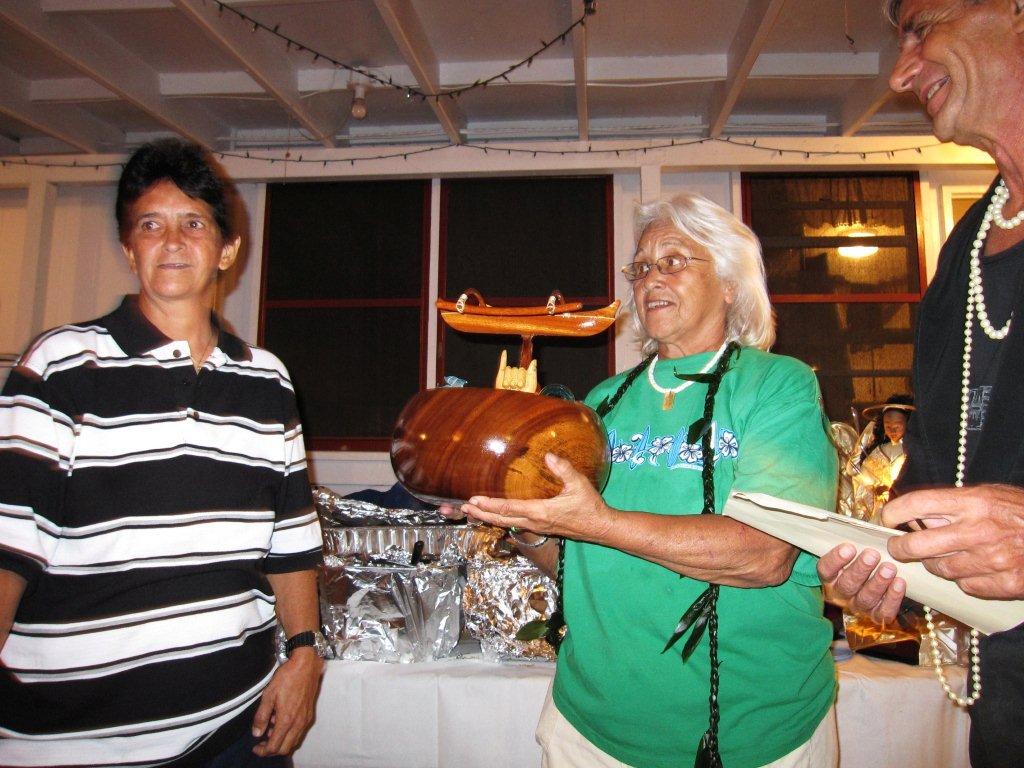






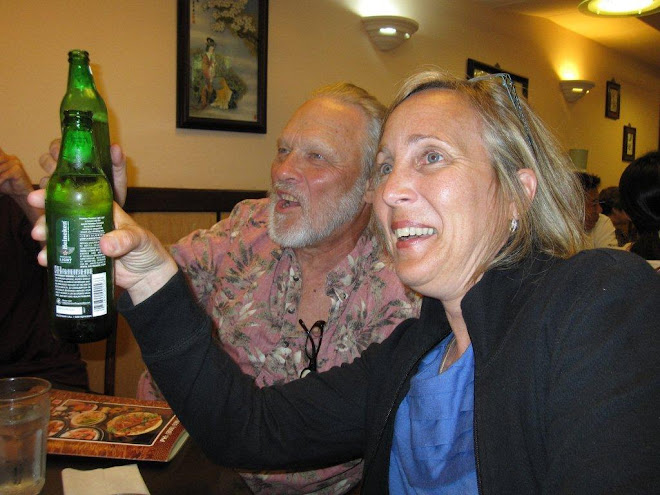

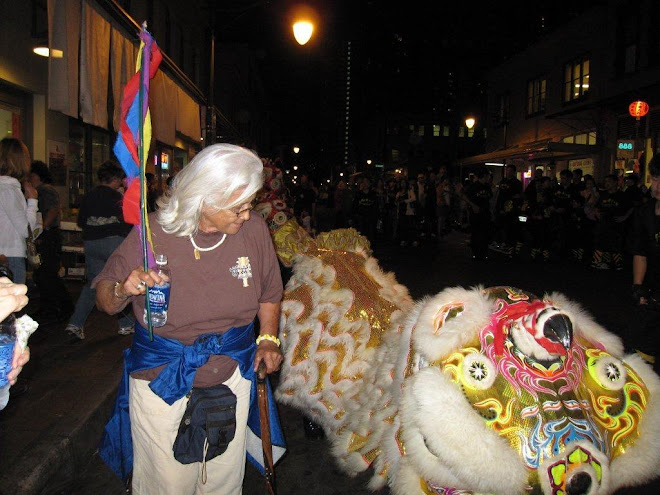
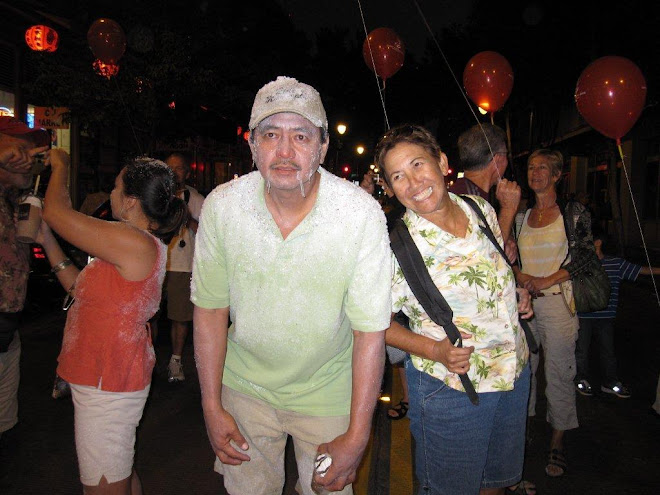
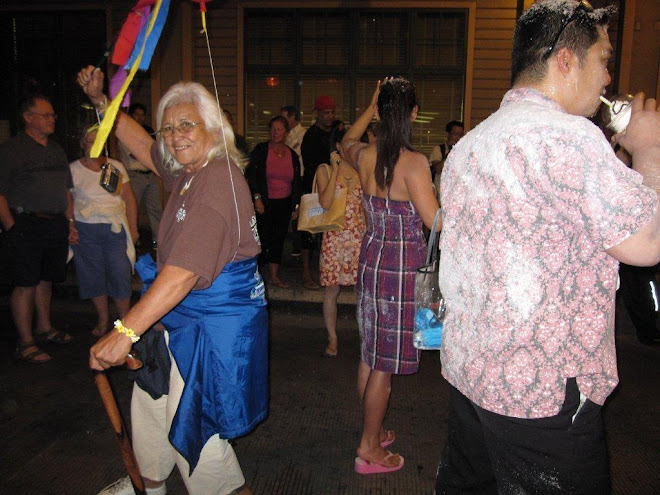

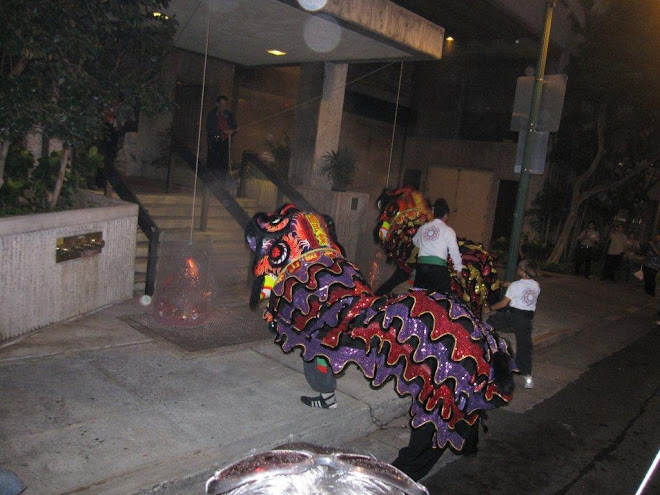
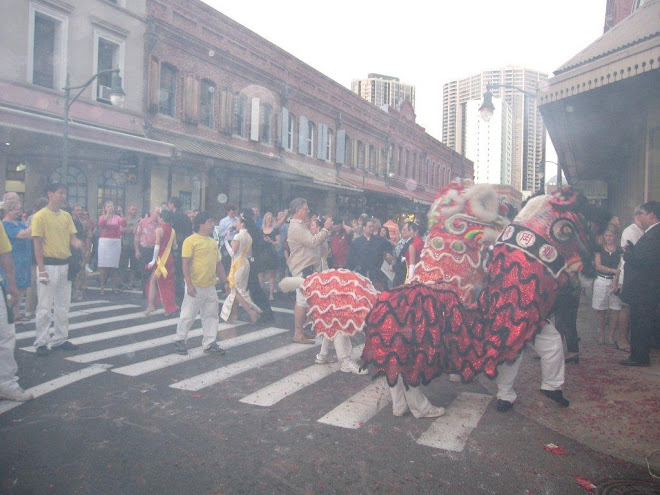
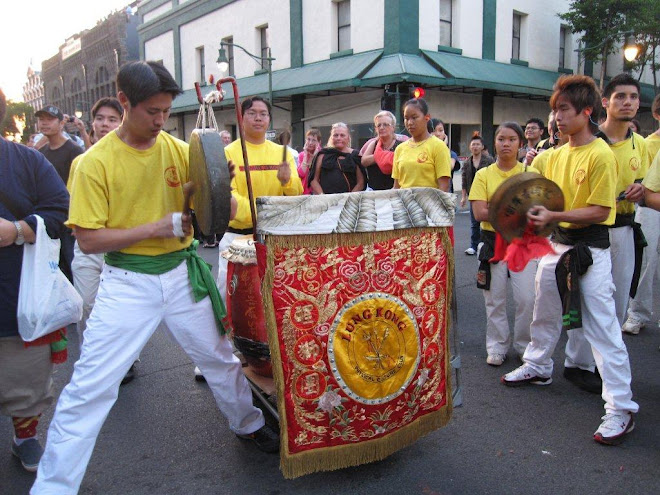

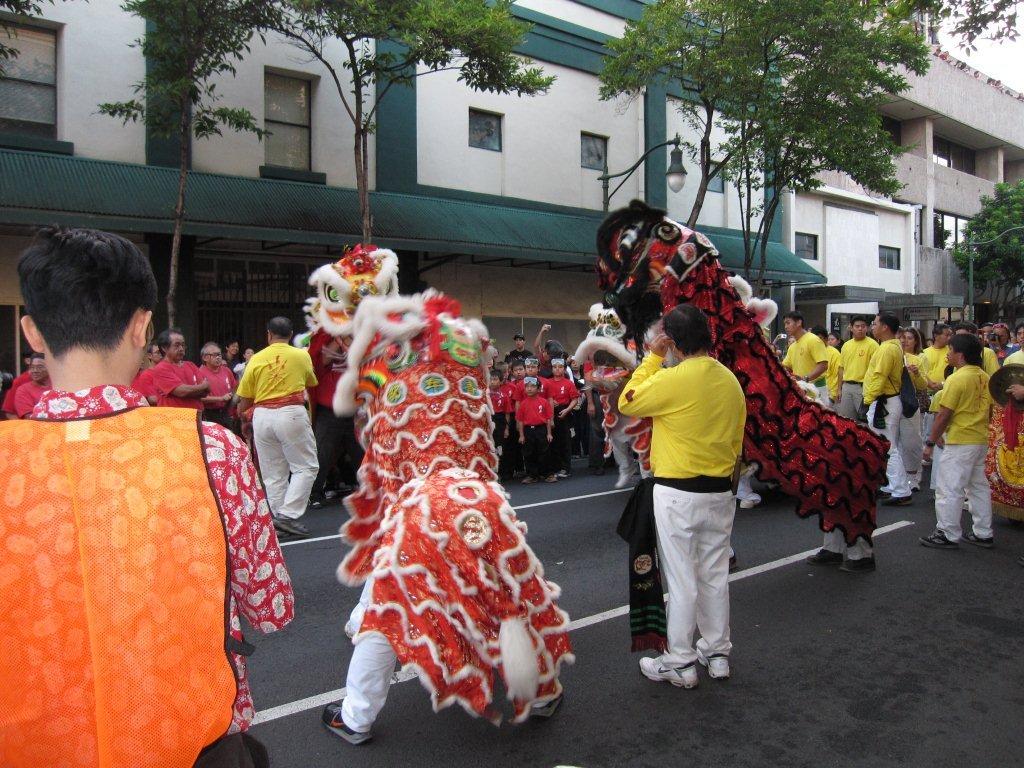



.jpg)
.jpg)
.jpg)
.jpg)
.jpg)

